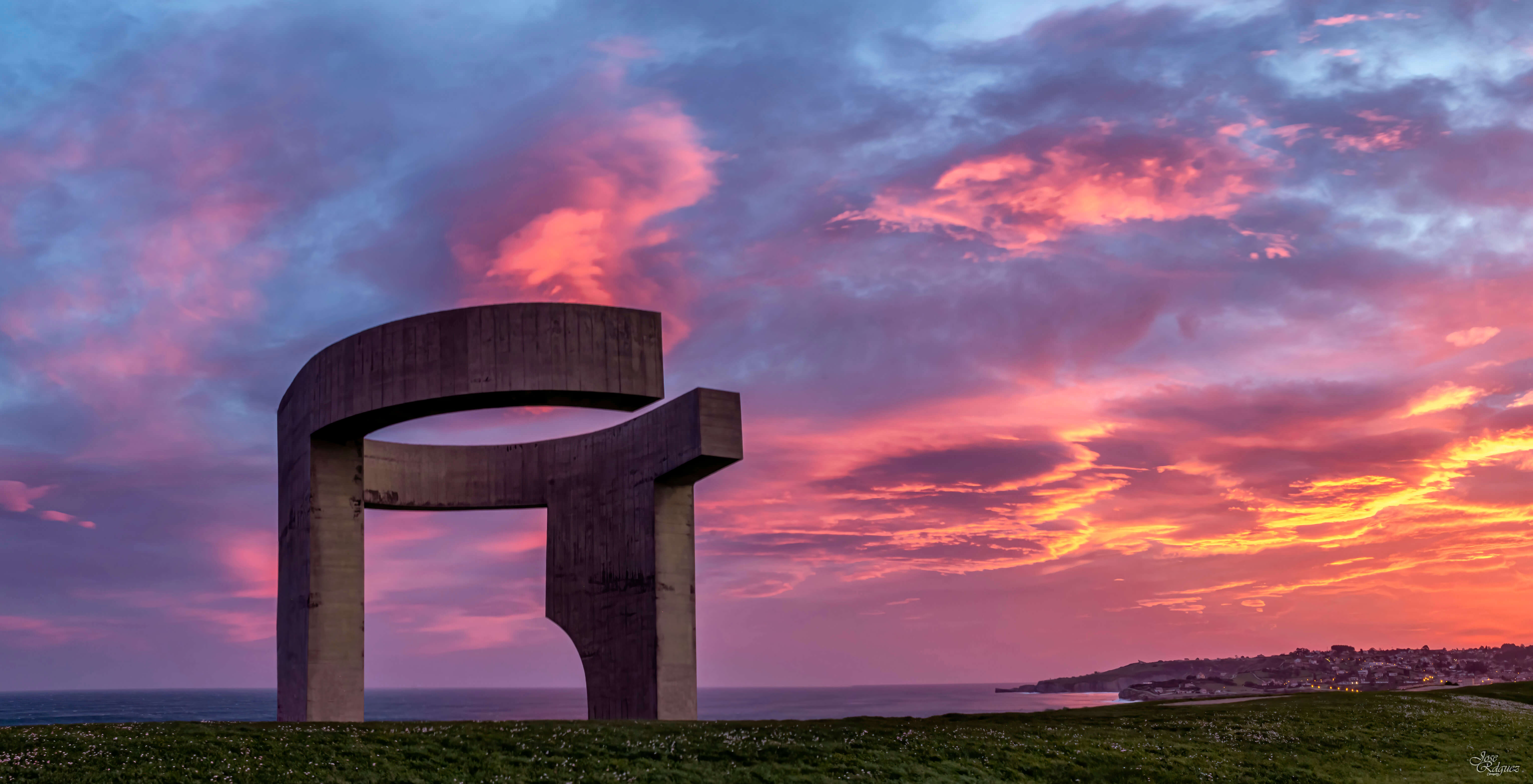In an increasingly globalised world, the challenge of architecture lies in remaining faithful to regional cultural and traditional roots, while simultaneously integrating contemporary designs and techniques. Regionalist architecture emerges as a bridge between these two needs. As such it focuses on the importance of regional contextualisation.
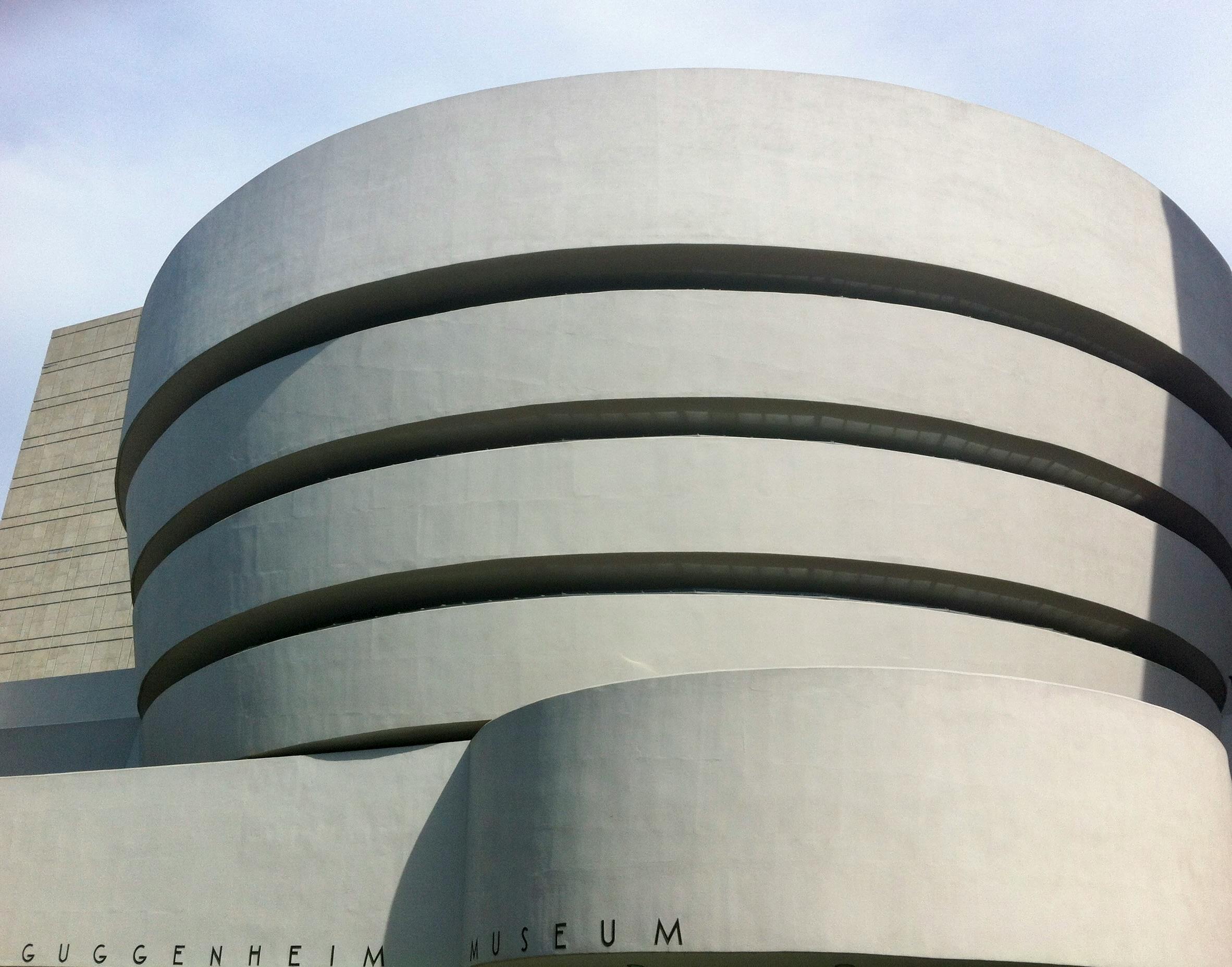
Guggenheim Museum in Bilbao. Source: Pexels
The importance of regional contextualisation
Regional contextualisation goes beyond simple adaptation to climate or terrain. It is also an in-depth interpretation of the life, culture, and traditions of a community. Consequently, in a regionalist approach to design, architects seek out local materials, traditional building techniques and forms that resonate with the region’s cultural identity. This ensures that new developments integrate harmoniously into the existing environment. The result is a strengthened sense of belonging and community among its inhabitants.
Thus, regionalist architecture reflects the geography, climate, culture and local history of its location, fusing these elements with modern design techniques. The following are some notable examples of regionalist architecture around the world:
La Villa Savoye in Poissy, France. This villa was designed by Le Corbusier. Despite its universalist appearance, it is an early example of how modern architecture sought to respond to basic human needs and the environment. Accordingly, Villa Savoye was designed with context in mind. By maximising sunlight and natural ventilation, a symbiotic relationship was established with its surroundings.
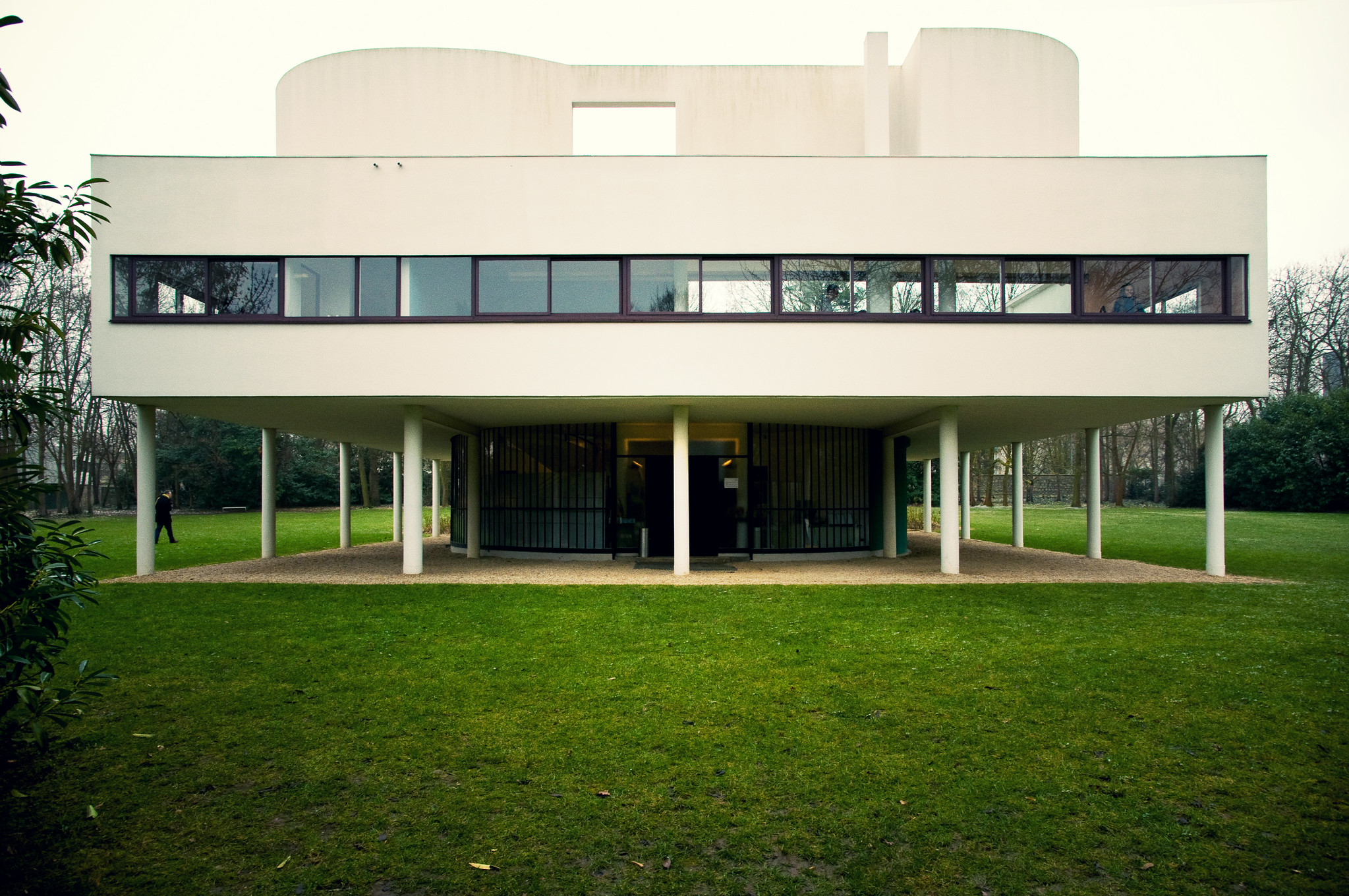
La Villa Savoye in Poissy. Source: Flickr
Guggenheim Museum in Bilbao, Spain. Frank Gehry, the Canadian-American architect, who designed the museum, is not strictly regionalist. Nevertheless, the Guggenheim Bilbao is an example of how contemporary architecture can invigorate a region and reflect its industrial and cultural transformation. Using materials such as titanium, reminiscent of Bilbao’s fishing and shipbuilding industry, the museum has become a symbol of the city.
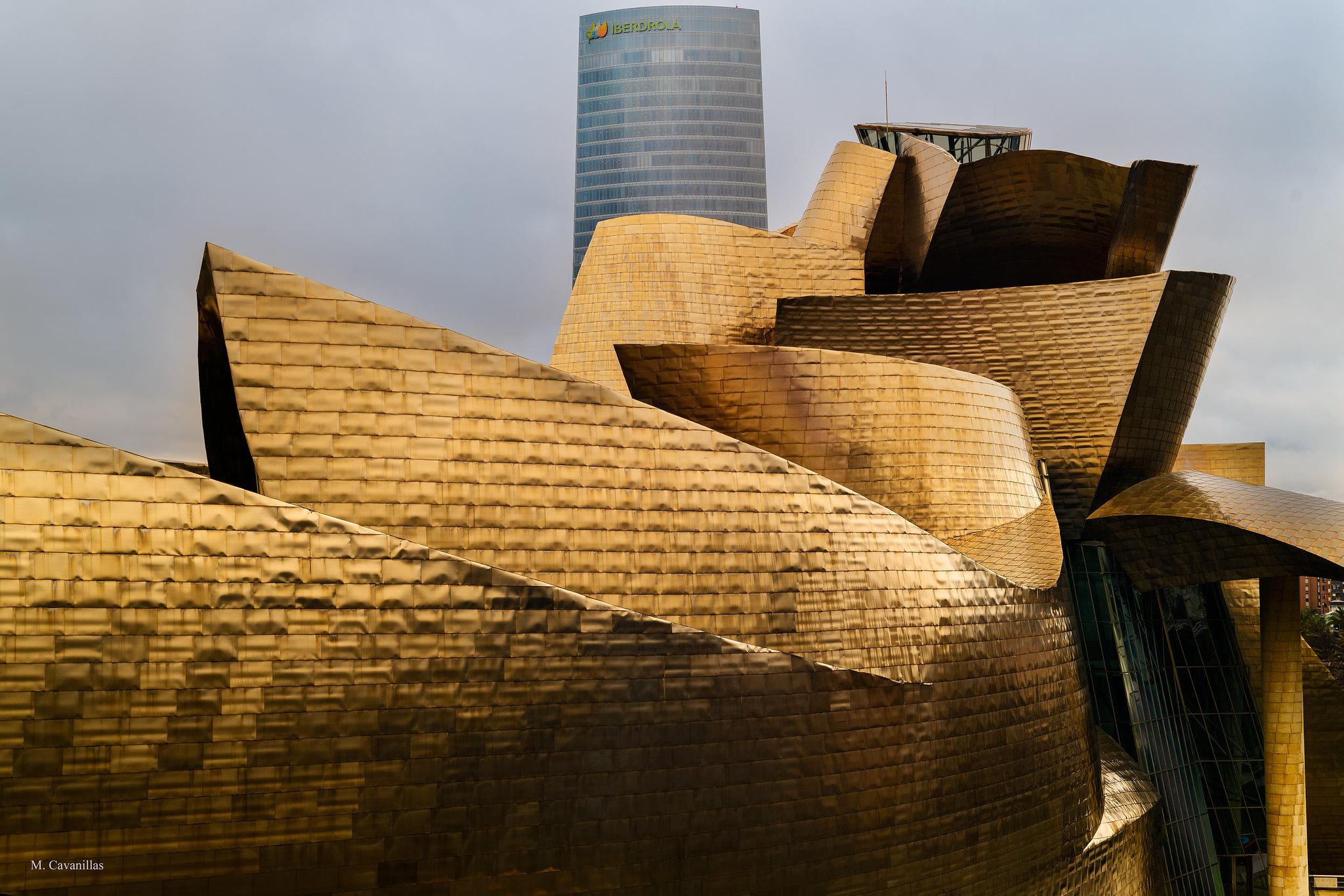
Guggenheim Museum in Bilbao. Source: Flickr
Fallingwater in Pennsylvania, USA. Another disciple of Wright, Frank Lloyd Wright himself, designed this iconic house that is built over a natural waterfall. As such Fallingwater is a supreme example of how architecture can integrate with the landscape. In addition, local materials such as stone and concrete were used to complement the natural surroundings.
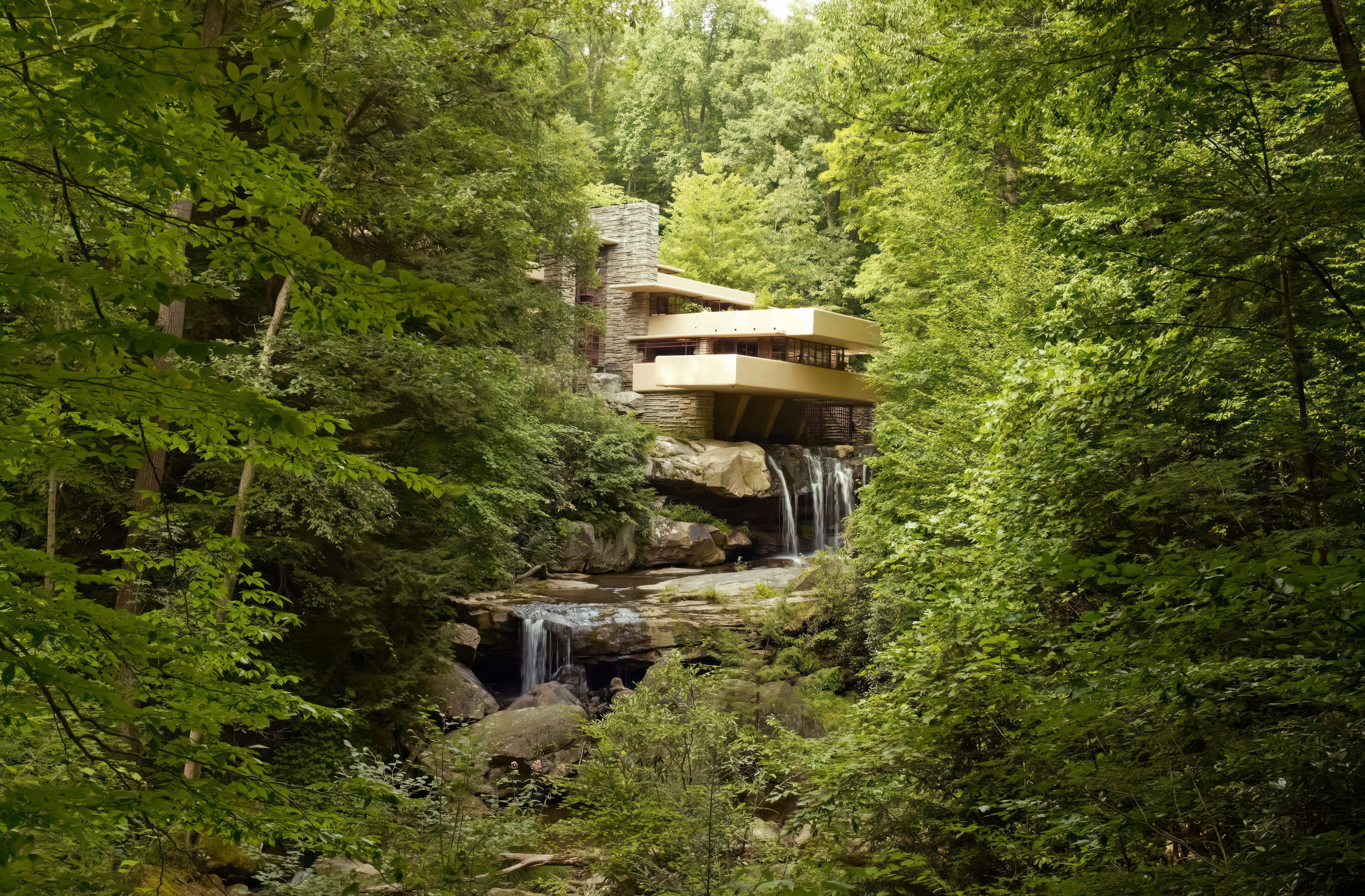
Fallingwater in Pennsylvania. Source: Unsplash
Casa Barragán in Mexico City. Designed by Luis Barragán, this residence is an emblematic example of modern Mexican architecture. Here, vibrant colours and light-filled spaces blend with traditional Mexican elements. Furthermore, Barragán used high walls, fountains and interior courtyards that reflect Mexico’s architectural heritage, while incorporating modernist principles.
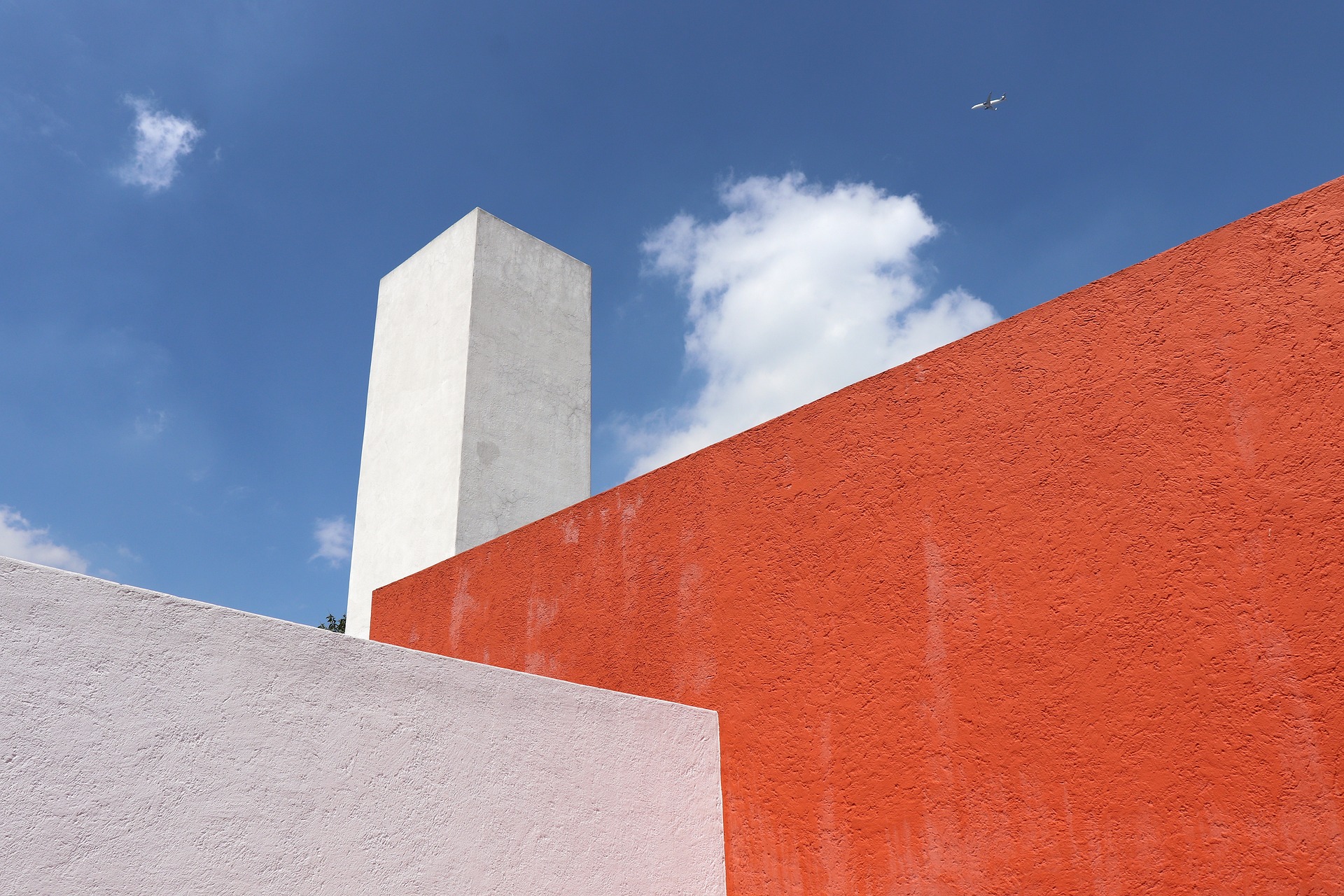
Casa Barragán in Mexico City. Source: Pixabay
These examples show the many forms that regional contextualisation can take. These range from direct integration with the natural landscape to the reinterpretation of traditional cultural elements, using modern techniques and materials. The key is in the way that architects approach design by prioritising local context and sustainability.
COMPAC® in regionalist architecture
COMPAC®, is a specialist in decorative surfaces, offering a wide range of materials that are closely aligned with the principles of this type of architecture. Materials are developed with Engineered Stone technology, such as Obsidian, Terrazzo and Quartz. As a result, COMPAC® provides options that adapt to the specific needs of any region. Therefore, they complement and enhance both the aesthetic and functional aspects of architectural projects. The versatility and quality of COMPAC® materials mean that architects can explore new possibilities without sacrificing a connection with the regional context.
Regionalist architecture strikes a balance between modernity and tradition. In this way, new buildings can meet today’s functional and aesthetic needs, while celebrating and preserving the cultural diversity of their surroundings. COMPAC®’ has a clear commitment to quality and innovation. It is therefore a key partner for architects seeking to create spaces that celebrate the spirit of regionalist architecture.

